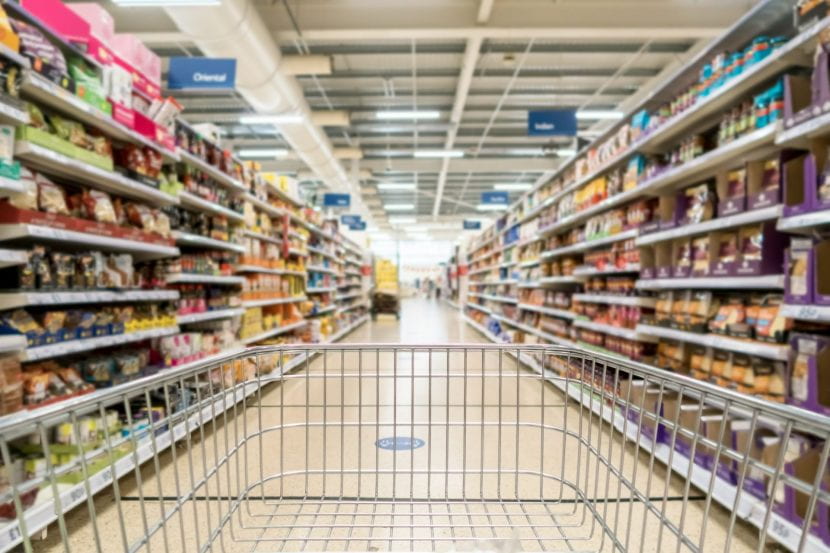In this post, we will share tips and tricks on how to get the best deals when you get the grocery store. Check out our previous post on Apps for Affordable foods to learn about a few free apps and websites that all share in their goal to connect people to more affordable foods in their local area.
#1: Understand your grocery store layout:
Grocery stores purposely appeal to your senses: oftentimes, grocery stores are designed specifically to distract and get you to spend more money than you planned. This is why it is important to enter the store with a shopping list, avoid strategically placed distractions, and make your trips as quick and efficient as you can. Some distractions to look out for are:
-
- Flowers: flowers are placed in the front of the store and to draw customers in with their pretty display. Flowers are also used to communicate to customers that all the store’s products are fresh.
- Bakery: Baked goods are usually placed close to the store’s flower section to entice customers in with their good smells. The combination of the good-smelling bakery items and the pretty flowers is purposely set up to be overly alluring to customers.
- End-caps: Items placed in baskets or shelves at the end of the aisle are referred to as “end-caps.” Customers may instinctively think these items are the lowest-price sale items, but they are often just the most new and popular items that grocery stores want to advertise. Make sure to check the aisles for the lowest-priced products.
- Center aisles: Fruits, vegetables, dairy, egg, and meat products are strategically placed at the outer-rings of the store so that you have to walk through many center aisles with distracting merchandise for purchase. Know where these essential foods are placed so that you can find the quickest and shortest path to get there and get out.
- Checkout line: Grocery stores line checkout areas with gum, candy and magazines to tempt customers to impulsively purchase these items. Resist the impulse buys by making a grocery list before you go to the grocery store. Try to check out-out in the shortest line to limit time waiting in these areas.
#2: Look at products displayed above or below eye-level:
Companies pay for their higher-priced items to be placed on grocery store shelves at eye-level. Less expensive items will be placed on the shelves below or above eye-level.
#3: Buy store brands:
Store brands, products that have the name of the grocery store on their packaging, will oftentimes be significantly cheaper than name-brand items. Store brands usually offer the same exact nutritional value and food quality as name-products but are much cheaper because they are made by the stores themselves. Opt to buy store brand products whenever possible to save money.
#4: Do not buy pre-cut or pre-packaged products:
Products such as pre-cut fruit, or individually packaged snacks, are oftentimes a lot more expensive than products that are not. Though the convenience of buying these items is tempting, you will ultimately save a lot more money if you buy products that are NOT pre-packaged and prepare them at home.
#5: Buy non-perishable items at discount store:
Discount stores, such as Aldi, Dollar General, and the Dollar Store, sell non-perishable items such as pasta, seasonings, and lentils that could significantly reduce your food budget. Remember to always stay cautious about the expiration date and quality of food items.
#6: Sign up for rewards:
Many grocery stores offer rewards programs that award you points to exchange for discounts every time you shop. These rewards programs are NOT the same thing as signing up for a store credit card as they do not require you to pay-back anything. These rewards programs are designed to keep customers loyal to their store by offering special discounts and offers. Inquire with your grocery store’s customer service desk for more information on how to sign up.
How do you get the best deal at the grocery store? Share with us in the comments below!


0 Comments